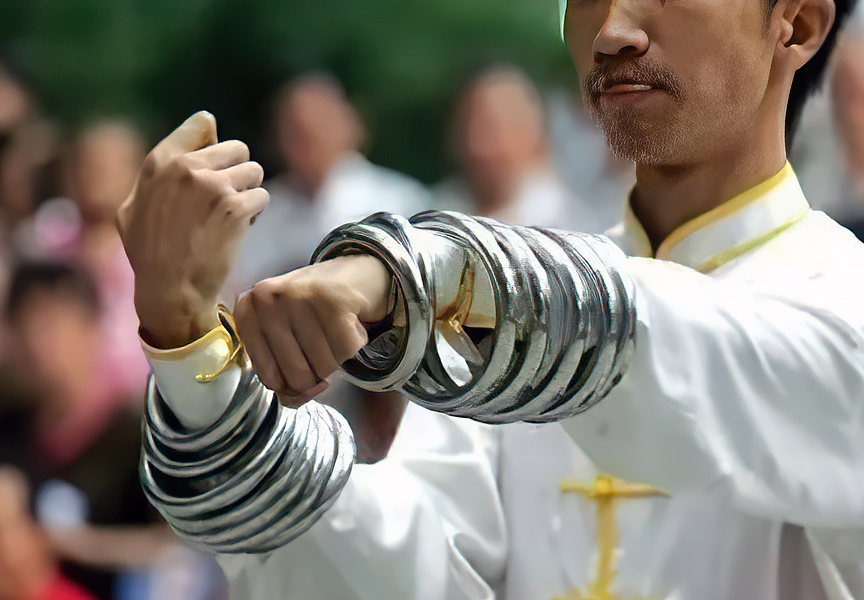Random Free Articles
- Unveiling the Mystique of Chan Yuan Gong
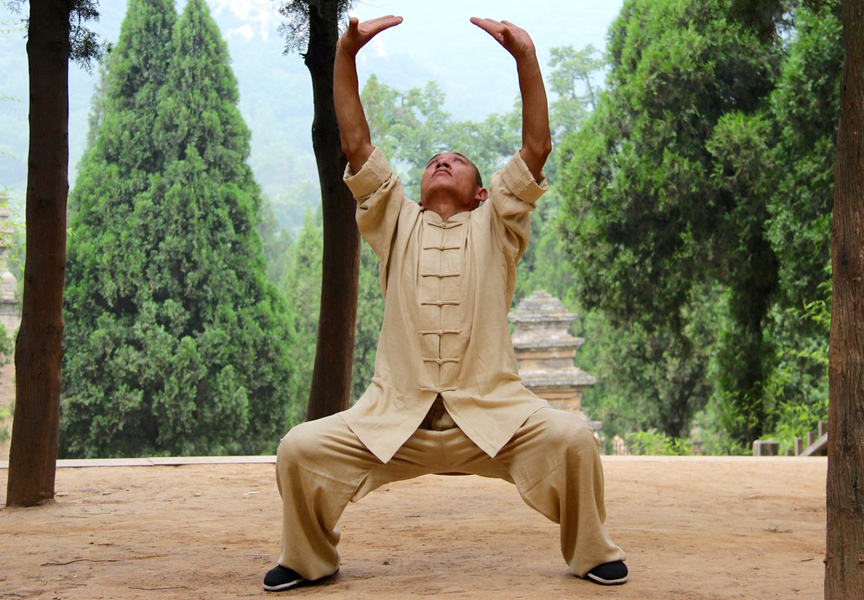
Harmony of Zen, Qi, and Combat Mastery In the heart of the Shaolin Temple's ancient traditions lies Chan Yuan Gong [Chin.: Shàolín chányuán gōng 少林禪圓功], a Qigong set that transcends the boundaries of physical exercise, meditation, and martial prowess. The name, translating to circular movements/exercises of Chan/Zen, encapsulates the essence of this practice that harmonizes the mind, purifies the spirit, and brings a…
- Martial Arts. Pursuit, Not a Fad
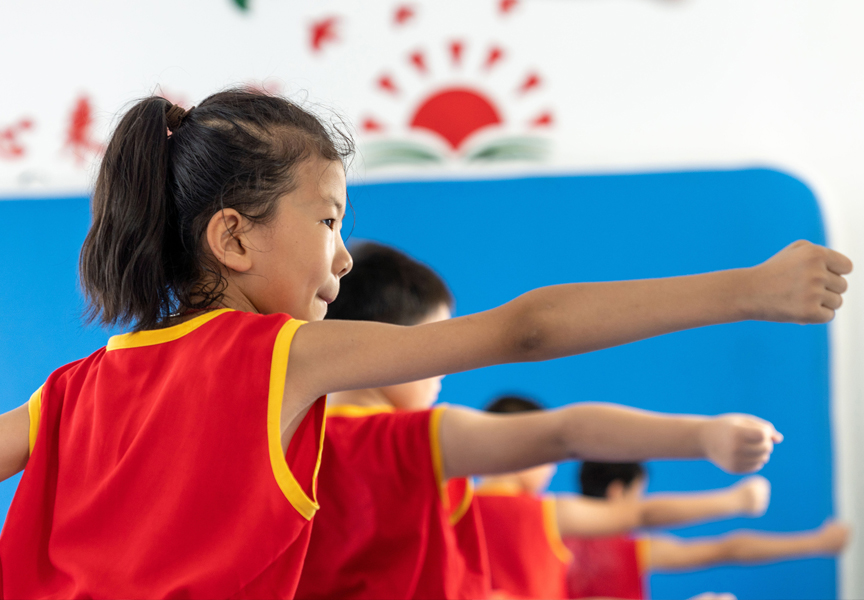
In a world where trends and fads come and go like fleeting seasons, martial arts stands as a testament to enduring tradition, discipline, and profound physical and mental development. While some might perceive martial arts as a passing craze or a mere form of entertainment, its roots run deep, and its relevance transcends time. In this article, we will explore why martial arts is not a fad, but rather an enduring practice that has stood the…
- The Essential Role of Weapons Training
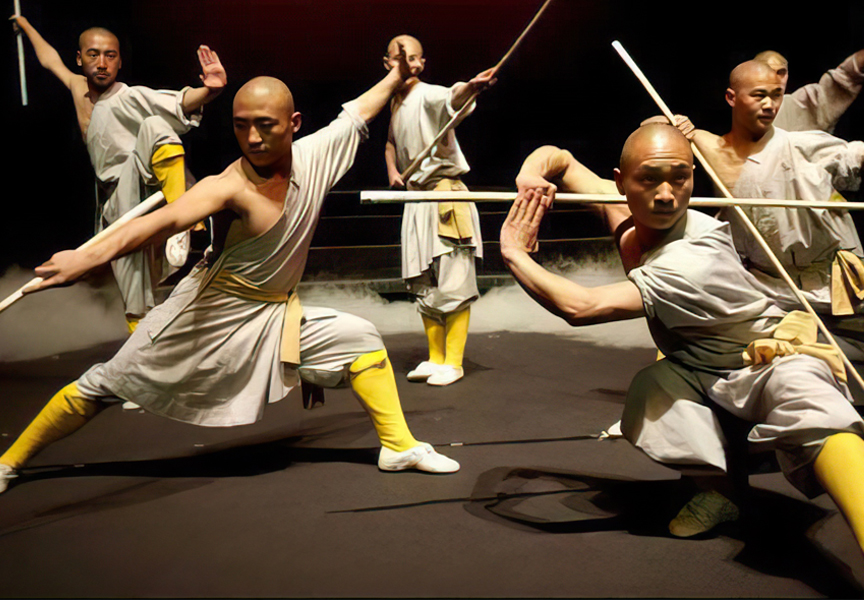
In the vast world of martial arts, traditional Kung Fu stands out not only for its intricate and beautiful movements but also for its profound connection to a variety of ancient weapons. Weapons training is an indispensable component of any traditional Kung Fu style, encompassing not only the aesthetics of movement but also the practical knowledge required to effectively apply techniques in combat situations. This article delves into the…
- The Five Skills of Shaolin Soft Fist
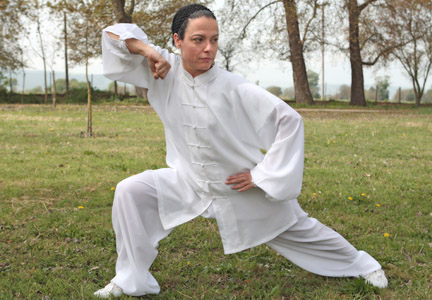
The growth and development of Shaolin [Chin: Shàolín 少林] Soft Fist - Rou Quan [Chin: róuquán 柔 拳] unfortunately was not like that of Shaolin Kung Fu. The need for survival forced the monks to focus on strengthening the body and on defense and combat techniques rather than the healing properties and the energy balancing provided by the art of the old monks. Soft Fist - Rou Quan is a great art, which constantly develops the physical…
- The Unveiled Power of the Umbrella
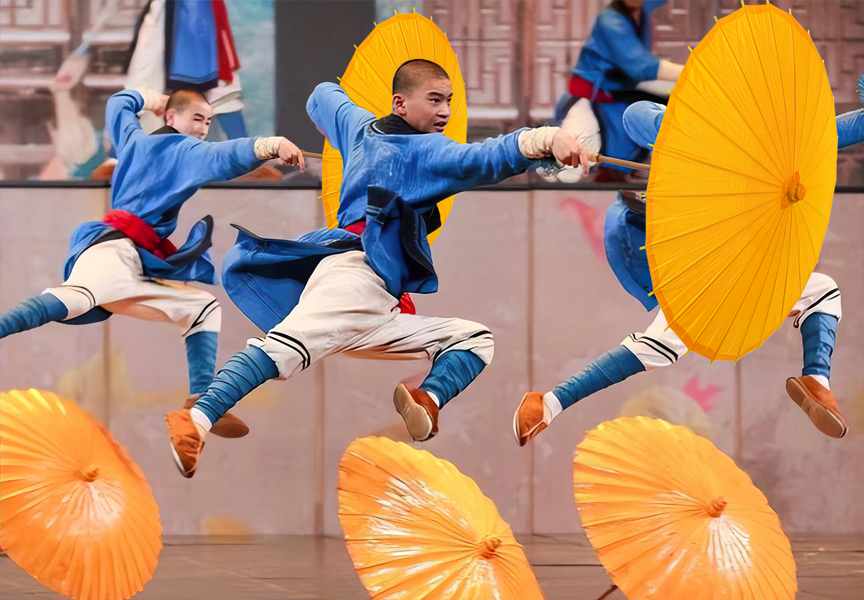
A Weapon in Shaolin Kung Fu Monk Hands In the world of martial arts, where the convergence of tradition and innovation gives birth to unique fighting styles, one may be surprised to discover that even an everyday object like the umbrella - Yusan [Chin.: Yǔsǎn 雨伞] can be transformed into a formidable weapon. In the ancient practice of Shaolin Kung Fu, the umbrella, primarily associated with shielding against rain or sun, unveils a hidden…

